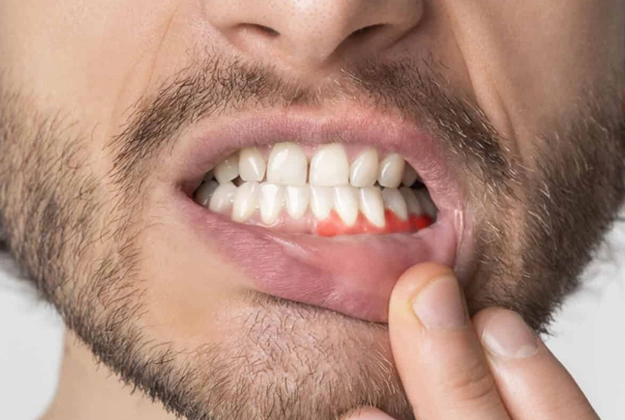
Gum Disease
Coronado, CA
Solutions for gum disease can help restore your overall oral health. Gum disease is largely preventable. However, if treatment is needed, you will need to see a dental professional.
Solutions for gum disease are available at Coronado Dentistry & Pediatrics in Coronado and the surrounding area. Take the first step toward recovery. Call us today at (619) 435 6231 to schedule an appointment and learn more.
Understanding Gum Disease
According to the American Dental Association, gum disease is an infection of the tissues surrounding and supporting the teeth. Gum disease, also known as periodontal disease, is not always accompanied by pain—meaning that patients may not even know that they have it.
Usually, gum disease is caused by a poor oral hygiene routine that allows an excess of plaque (a sticky film of bacteria) to build up on the teeth. When plaque hardens under the gumline into tartar, it becomes more difficult to remove. At this point, the patient will be unable to remove the plaque and tartar without professional dental cleaning.
Preventing Gum Disease
Symptoms of Gum Disease
Gum disease may go unnoticed for some time, especially as it is not always accompanied by pain. Even symptoms in the late stages of gum disease can be very subtle. It is crucial for patients to know the signs of gum disease, so they know how to identify them. Common symptoms of gum disease include but are not limited to:
- Changes in the bite
- Changes in the fit of partial dentures
- Formation of deep pockets between teeth and gums
- Gums that bleed after and during brushing teeth
- Loose or shifting teeth
- Persistent bad breath or taste in the mouth
- Receding gums
- Red, swollen, or tender gums
Treating Gum Disease
The earlier signs of gum disease are detected, the less invasive treatment procedures are. These may include antibiotics, root planing, and scaling. Antibiotics can help control infection and can be administered either topically or orally. Root scaling and planing are often performed together. While root planing smoothes the root surfaces to remove bacteria and discourage further buildup, root scaling removes tartar and bacteria from the tooth surfaces and beneath the gums.
More advanced gum disease may require more invasive solutions, such as oral surgery. Treatments may involve bone grafting, guided tissue regeneration, pocket reduction surgery (also known as flap surgery), soft tissue grafts, and tissue-stimulating proteins. Bone grafting and guided tissue regeneration may help promote bone regeneration. Pocket reduction surgery may allow for more effective root scaling and planing, while soft tissue grafts may reinforce damaged soft tissue. Finally, tissue-stimulating proteins may help stimulate the growth of healthy bone and tissue.